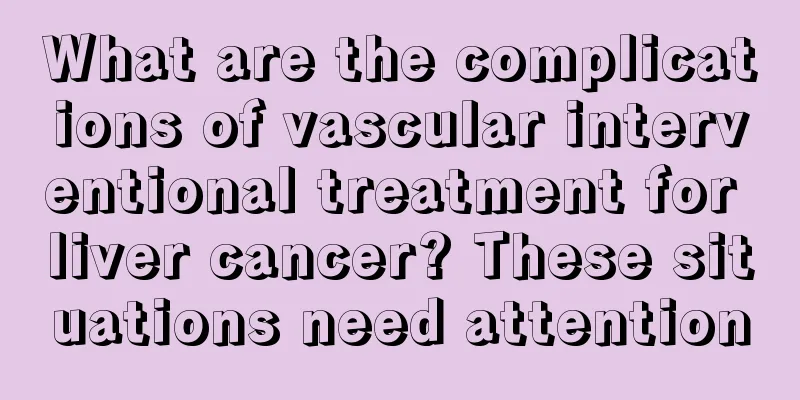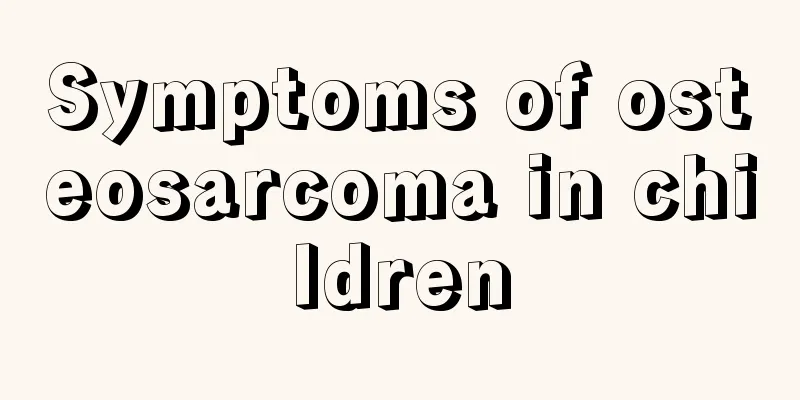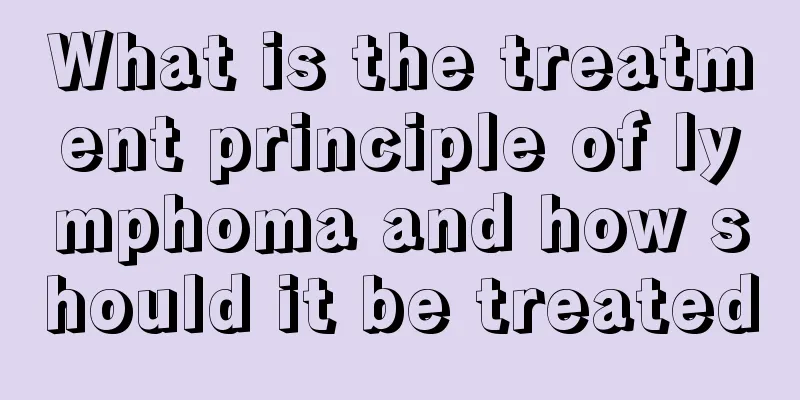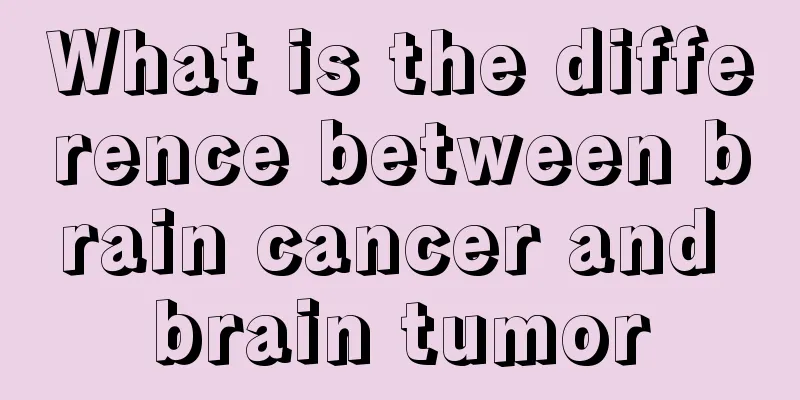What is the method to completely cure hamartoma
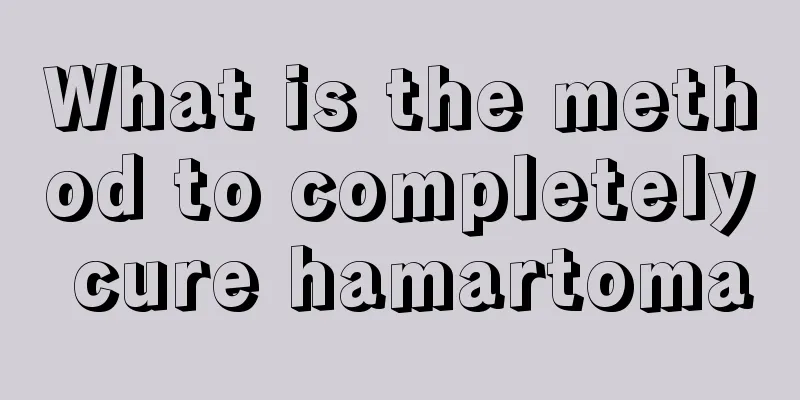
|
Although hamartomas are very harmful, patients need to know that they do not necessarily die from hamartomas, so patients must put down their psychological pressure and actively cooperate with doctors. So what treatment methods can improve the cure rate of hamartomas? Let me introduce some methods to completely cure hamartomas. Hamartoma refers to a tumor-like deformity caused by the incorrect combination and arrangement of normal tissues in a certain organ of the body during development. Hamartoma is not a true tumor. It grows slowly and increases with the development and growth of the body, but it stops growing to a certain extent. It is coordinated with the body and rarely becomes malignant. The following Western medicine treatments for hamartomas are very effective, many patients can be cured, and the cure rate of patients can be improved. 1. Observation Oesterling believed that tumors <4 cm can be left untreated, but close follow-up is required. Johns Hopkins reported a group of 35 cases, some of which did not continue to grow for many years. Steiner advocated that patients <4 cm should be followed up once a year even if they are asymptomatic; patients >4 cm should be followed up once every six months if they are asymptomatic or have mild symptoms. 2. Arterial embolization should be considered first in cases of bleeding. According to experience, the volume of the tumor does not decrease after embolization, but the bleeding can be stopped. Superselective renal artery branch embolization is often used to protect some renal function. 3. Nephron-sparing surgery: Tumors <5cm can be enucleated, especially those at the edge of the kidney. However, some tumors have unclear capsules, irregular shapes, and unclear interfaces, making enucleation unsafe. In this case, partial nephrectomy can be performed. 4. Nephrectomy: Giant renal hamartomas can be treated with nephrectomy; if the disease is bilateral, more consideration should be given to the preservation of renal function; in a few cases, there may be local and lymph node invasion, or even tumor thrombus invasion of large veins, showing malignant behavior, and radical nephrectomy should be performed. 5. Kidney transplantation or hemodialysis is only suitable for patients who must undergo bilateral nephrectomy due to bilateral lesions leading to renal failure or tumor rupture and bleeding. |
<<: How to treat hamartoma effectively
Recommend
What are the symptoms of rheumatic diseases?
Rheumatic diseases are common clinical diseases. ...
What are the oral chemotherapy drugs for pancreatic cancer
Pancreatic cancer is a typical cancer caused by d...
Several foods suitable for pancreatic cancer patients to eat
Pancreatic cancer is a common tumor of the digest...
How long is the IVF cycle
Modern medicine's technology in the field of ...
Why do I feel dizzy after taking a bath?
The symptom of dizziness is a relatively common s...
Prostate cancer is caused by these reasons
Prostate cancer is a very common tumor disease in...
What medicine should I take for nasopharyngeal cancer pain
What medicine should I take for nasopharyngeal ca...
What is cervical vertebra disease
The cervical spine is a very important part of th...
What should a pregnant woman do if she has melanoma
The high-risk group for melanoma is the elderly, ...
What are the methods of biological treatment for melanoma
Melanoma is a type of malignant tumor with a very...
How to reduce the high recurrence rate of early laryngeal cancer
We have to eat every day. When the disease is cur...
How to achieve the best detoxification effect through fasting
People with different physiques choose different ...
About the specific nursing measures for patients with bladder cancer after surgery
Bladder cancer is a relatively important organ in...
Pelvic inflammatory disease causes severe stomach pain
Stomach pain is a common thing in life. Many peop...
What are some tips for removing oil stains?
Removing oil stains is the key consideration when ...
